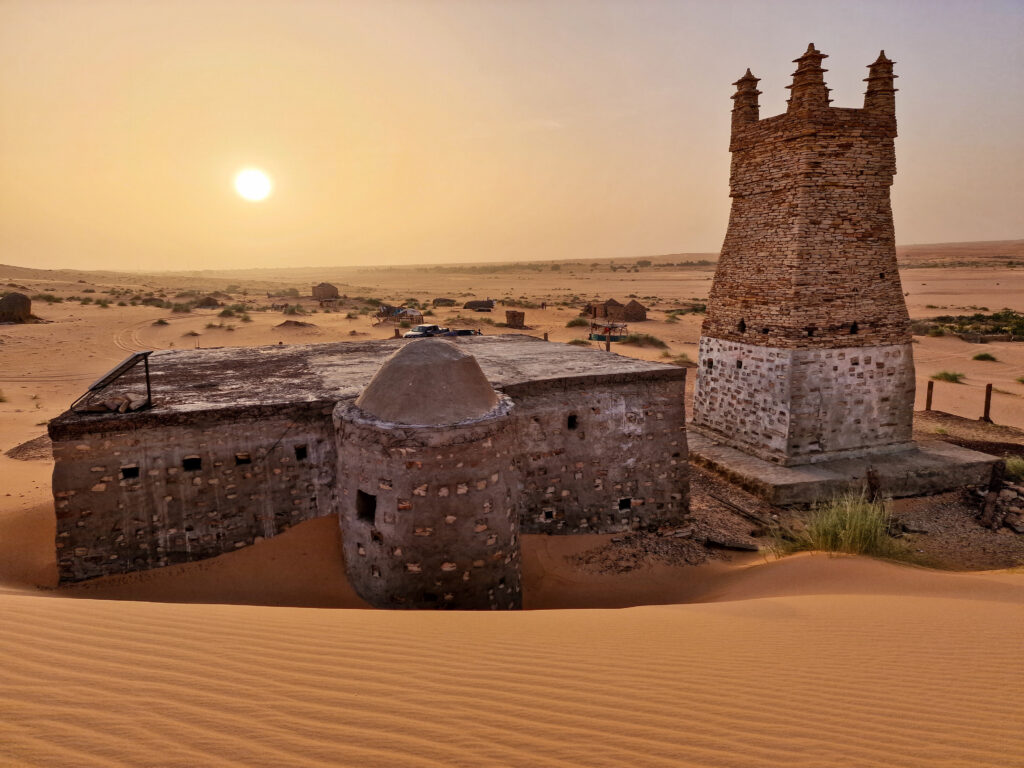
Calling all adventurous souls. Are you looking for new horizons lost in the vastness of the desert? Mauritania, at the junction of the Maghreb and sub-Saharan Africa, awaits you! Thanks to security measures taken by the authorities, most of the country is now accessible to tourists, with the exception of certain border areas. So, what's there to do and see in Mauritania? Discover the must-see sites not to be missed.
1. Chinguetti, the "Sorbonne of the desert

Arriving from Atar, after covering dozens of kilometers on a rocky track in the heart of the reg, the sight of Chinguetti is striking. In the distance, the imposing dunes of Erg Ouarane rise majestically, with the town at its feet. The dunes give the town an unreal beauty that attracts tourists, while at the same time threatening it with their sandy overhangs. Chinguetti is an enchanting city, to be discovered in silence, almost on tiptoe. Stroll the centuries-old streets, where the libraries contain treasures of ancient manuscripts. Nicknamed the "Sorbonne of the desert", Chinguetti is distinguished by its wadi, which separates the modern buildings from the ancient town. Here you'll find the mosque, a school and several libraries.
Petit Futé tip: Take advantage of a discount by booking your your travel insurance and leave with peace of mind!
2. Nouakchott, a must for your trip to Mauritania
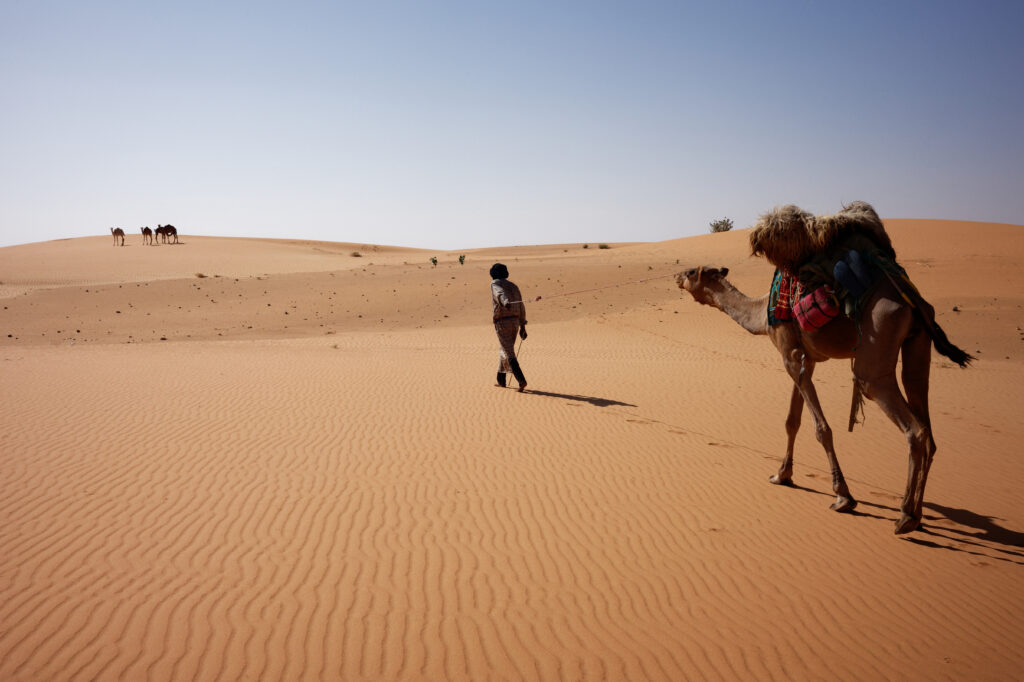
Nouakchott, the fast-changing capital, is a must-see stop on your trip to Mauritania. The fish market offers an authentic, sensory experience, where the aromas of the sea immerse you in local daily life. The town is a fascinating blend of tradition and modernity, where 4x4s rub shoulders with camels in a surprising ballet. This unique coexistence of past and present makes Nouakchott a fascinating place to visit.
Please note if you would like to opt for a personalized travel itinerary in Mauritania, we recommend that you request a free quote right here. A tailor-made, responsible trip, direct with the best local agencies, awaits you!
3. Banc D'Arguin National Park
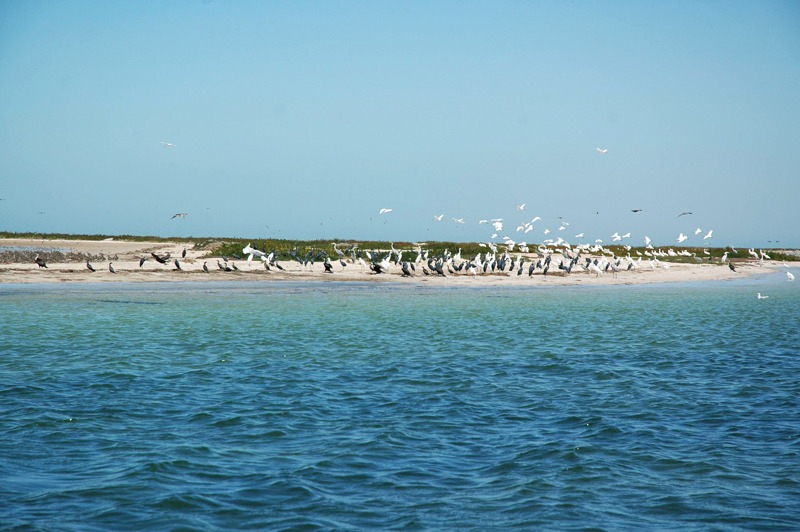
Feel the sea breeze on your face as you watch thousands of migratory birds at the Banc d'Arguin National Park.... Classified as a national reserve since 1976 and a World Heritage Site in 1989, the Banc d'Arguin National Park (PNBA) stretches along the Mauritanian coast on either side of the 20th parallel for almost 180 km. Covering an area of 12,000 km², equally divided between land and sea, the park is traversed by a specific current known as upwelling. This phenomenon, characterized by the upwelling of cold, nutrient-rich water masses from the ocean depths, creates ideal conditions for an exceptional wealth of fish species. The flora and fauna are also remarkably diverse.
Read more: 5 good reasons to travel to Mauritania
4. Board a pirogue in the Senegal River valley
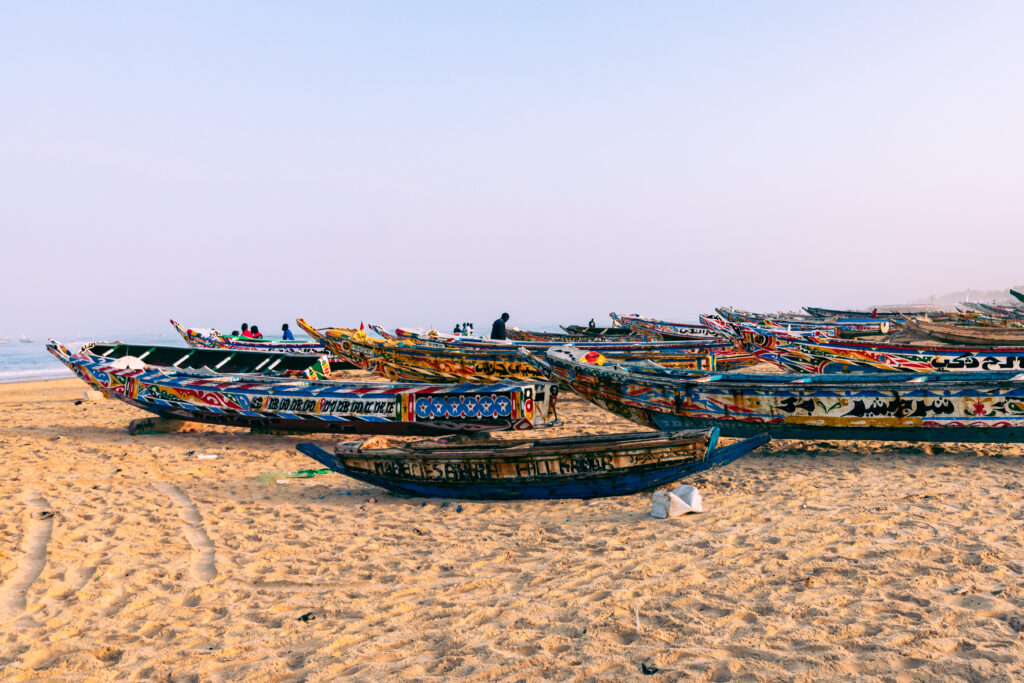
In the south of Mauritania, the Senegal River valley offers a striking contrast to the country's vast desert expanses. Climb aboard a traditional pirogue and glide along the river's waters, lined with verdant landscapes and typical villages. This fertile region is a veritable sanctuary for wildlife, particularly in the Diawling National Park, where you can observe pink flamingos, pelicans and other migratory birds. Along the way, stop off in Mauritanian villages to discover the local hospitality and traditions of the riverside communities. A peaceful, authentic adventure in the heart of little-known Mauritania.
5. Taste Mauritanian gastronomy

A trip to Mauritania would not be complete without discovering its authentic gastronomy. Influenced by nomadic and Berber traditions, Mauritanian cuisine is characterized by simple but tasty dishes, in which cereals, meat and milk play a central role. Don't miss thiéboudienne, a delicious dish of rice with fish and vegetables, or méchoui, lamb roasted to perfection. Camel milk, which is very popular, is often eaten fresh or fermented. For a sweet break, try zrigs, a drink made from milk and sugar, or local doughnuts accompanied by mint tea, served according to a precise ritual. A true gustatory voyage not to be missed!
6. The Adrar and its spectacular lunar landscapes

The Adrar seduces hikers with its spectacular lunar landscapes, its vast arid plateau with its almost white landscape, dazzling under the merciless sun... However, its extreme climate demands great vigilance. In this shadowless desert, immensity and a sense of freedom can quickly turn into danger. It's an ideal destination for adventurers, as long as you're careful.
7. Nouadhibou, the economic heart of Mauritania
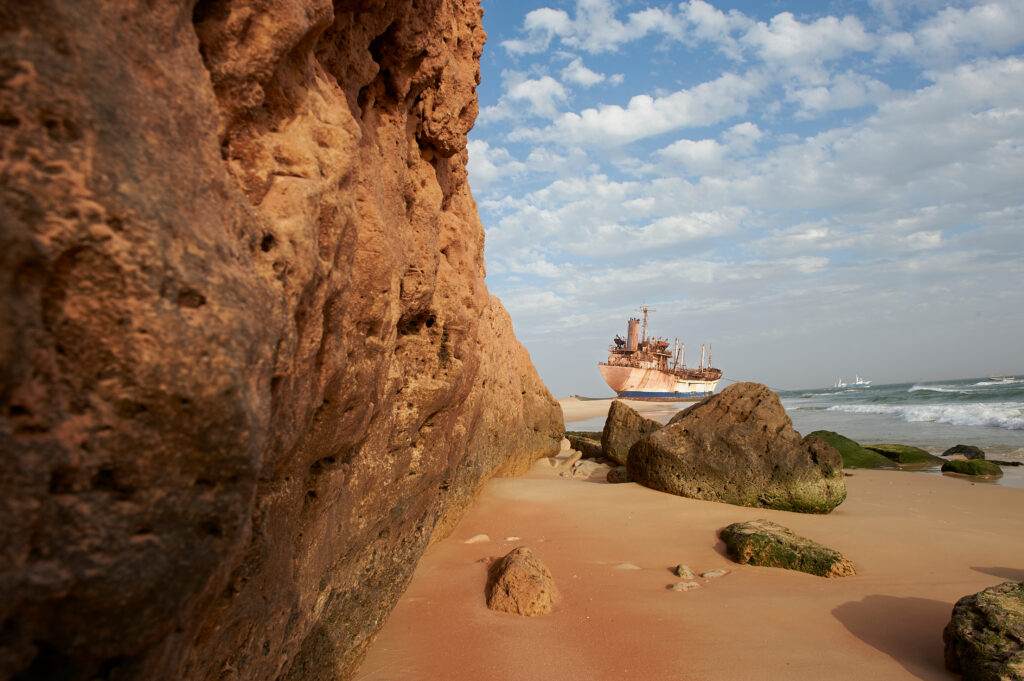
Today, Nouadhibou is the economic heart of Mauritania, thanks in particular to its industrial fishing port. Although the town is no longer an obligatory stopover for travellers heading overland from Senegal to Europe, thanks to a tarmac road leading directly to Nouakchott, it would be a shame not to visit Nouadhibou and its peninsula, which offer a sense of isolation at the end of the world. Nearby Baie du Lévrier is renowned for its erosion-sculpted landscapes and sandstone cliffs, while Baie de l'Étoile is a paradise for migratory birds and kitesurfers.
Worth knowing: Nouadhibou is famous for having been the scene of the exploits of the Aéropostale pilots between the wars, and it is in this region that the action of "Terre des hommes", Saint-Exupéry's novel published in 1939, takes place.
8. Tanouchert, an authentic oasis
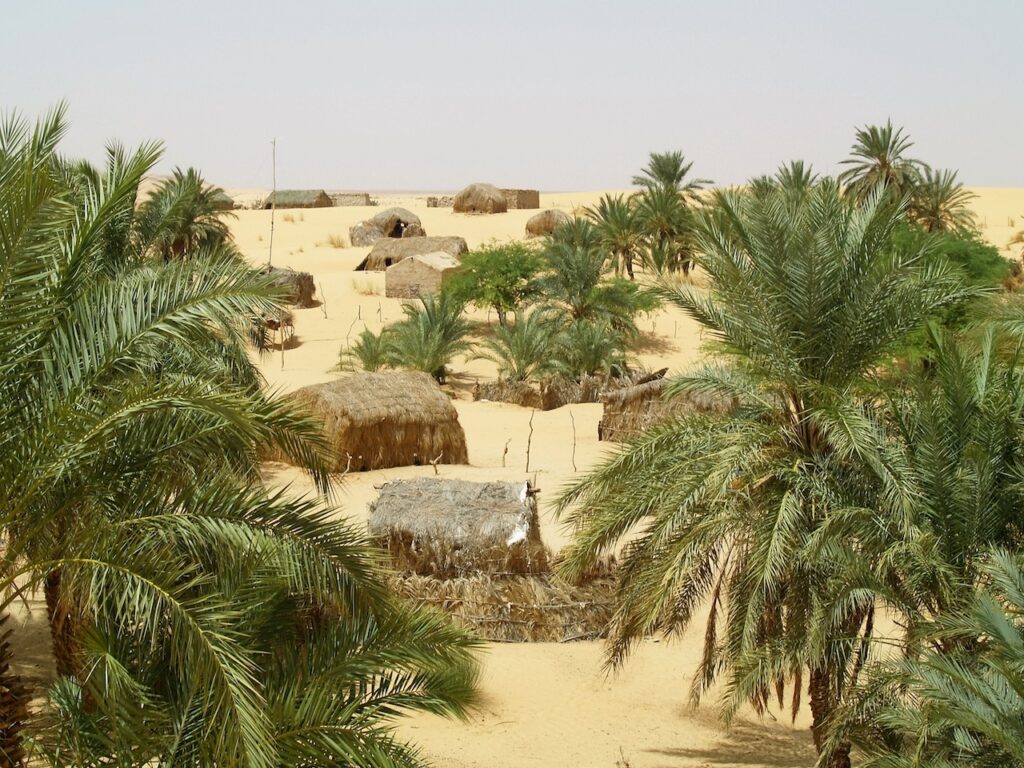
The little-known oasis of Tanouchert lies halfway between Ouadane and Chinguetti. Often overlooked by tour operators, who prefer the recently resurfaced track to the west of Tanouchert, the latter, although some forty kilometers longer, offers a faster and more comfortable journey. However, the scenery through Tanouchert is far more captivating. This small oasis is well worth a visit for its authenticity. The nomads here are closely linked to a palm grove where they gather every summer for the Guetna, or Date Festival, a social and family event.
9. Ouadane, Mauritania's most impressive historic city
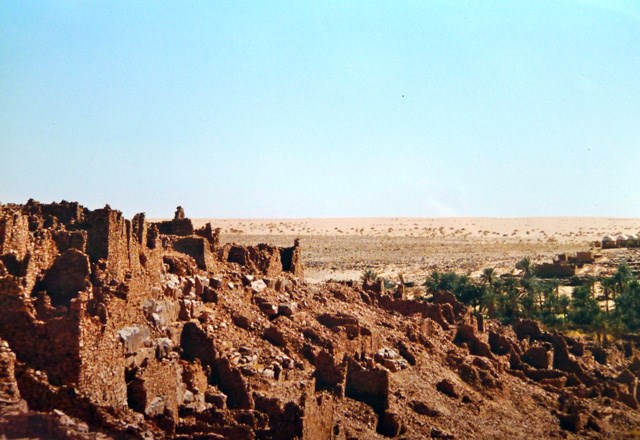
Founded in 1141 on the ruins of four towns established in 742, Ouadane enjoyed an intense spiritual influence during its period of prosperity, thanks in particular to its ideal position on the trans-Saharan caravan route. It is without doubt the most impressive of Mauritania's historic cities: here, the houses of its old town cling desperately to the cliffside. Ouadane was also the site of the discovery of Mauritania's oldest manuscript, now housed in Nouakchott's national library.
Worth knowing: Thanks to a grant, part of the city has been restored. Access to the site is now subject to an entrance fee of 100 MRU, and guides await visitors at the entrance.
10. El Azrag, a paradise for paleontologists and archaeologists
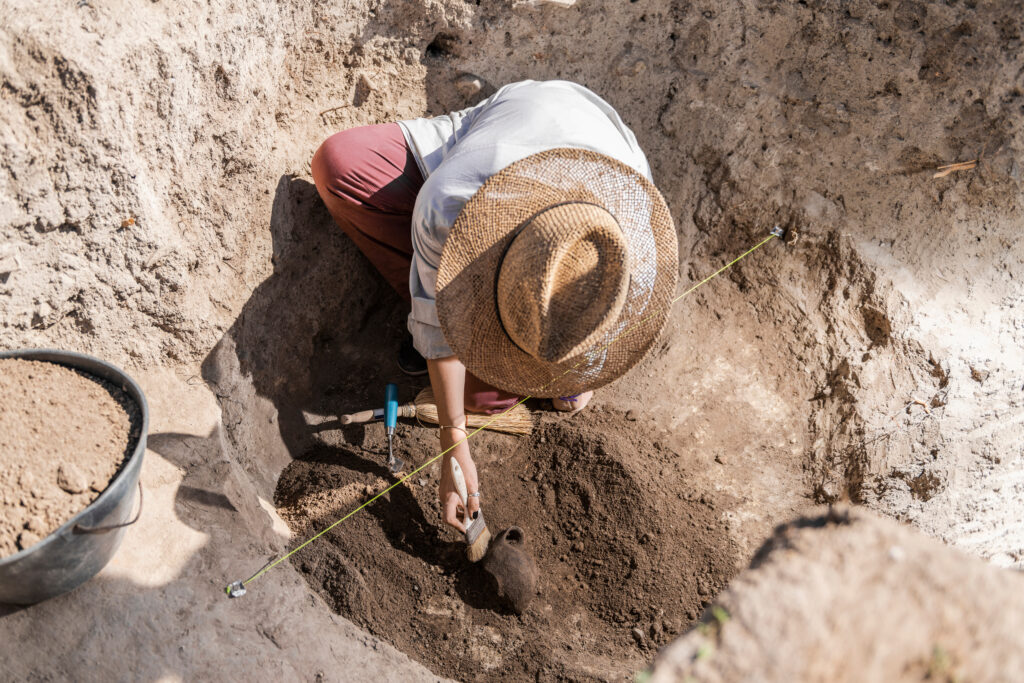
The Azrag paleolake and surrounding area is a favorite with paleontologists and archaeologists. Fossilized bones attesting to a human presence dating back over 100,000 years have been found here. The Hammami-la-défense site, discovered in 1966, has yielded animal remains (elephants, hippos) and various artifacts (bifaces, axes) dating from the Middle Paleolithic, as well as tools (scrapers, scrapers, drills) dating from 90,000 to 20,000 BC. One of the area's main attractions is the diatomite, a rock containing footprints left almost 9,200 years ago by proboscideans, bovids and humans.
11. Matmata and its crocodiles
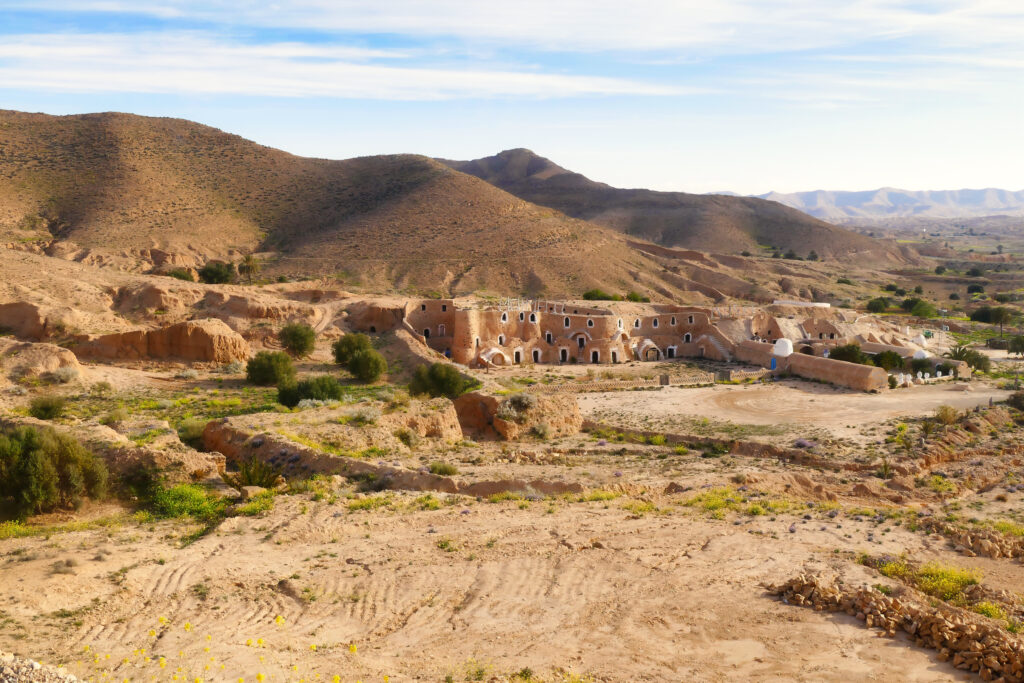
Matmata, a magnificent oasis some 20 km from Nbeika,is famous for its crocodiles. Thousands of years ago, it was connected by rivers to a vast hydrographic network. With global warming, only the deepest parts of these rivers remain today, sheltering the reptiles that have remained trapped there. Matmata is a natural rock cistern. Most of the Tagant's water cascades down from the surrounding cliffs during the winter months, except to the west, where a gorge provides access to this guelta, the scientific term for a natural basin surrounded by rock.


